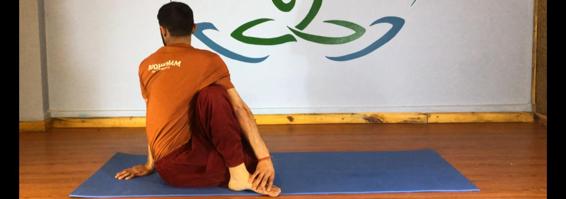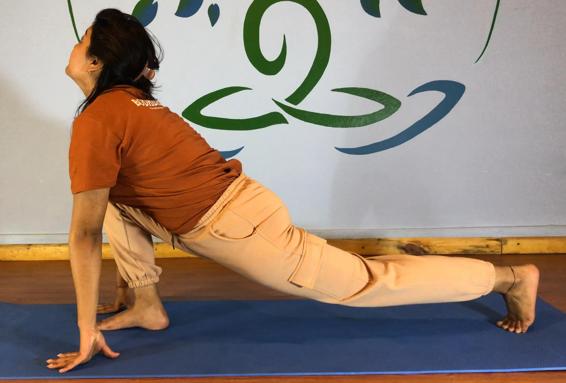4. Common Yoga Practices
Yoga is a physical, mental, and spiritual discipline that originated in ancient India and has been practiced for over 5,000 years. There are many different styles of yoga, each with its own unique approach to the practice. Some common yoga practices include: 1. Asana: Asana, or physical postures, are an important part of most styles of yoga. Asanas are designed to improve flexibility, strength, and balance, and are often performed in a specific sequence. There are many different types of asanas, ranging from standing poses to seated poses to inverted poses. Each asana has its own unique benefits, and the practice of asanas can help to improve posture, reduce stress, and increase overall physical and mental well-being.
2. Pranayama: Pranayama, or breathing techniques, are an important part in practice of yoga. Pranayama helps to calm the mind and improve focus and concentration, and is often included in yoga classes and practices. There are many different types of pranayama techniques, ranging from simple deep breathing exercises to more advanced techniques such as alternate nostril breathing. Pranayama can help to improve respiratory function, reduces stress, and improve overall physical and mental wel -being.
Main objective of Pranayama is to detox your system, increase the vitality and longevity.
3. Meditation: Meditation is a common practice in many styles of yoga. Meditation helps to calm the mind and improve focus and concentration, and can be a powerful tool for reducing stress and improving overall well-being. There are many different types of meditation, ranging from simple mindfulness meditation to more advanced techniques

such as visualization or mantra repetition. Meditation can be practiced in a variety of settings, including in a seated position, mindfulness can be practiced by walking, or even while engaged in daily activities. Meditation leads you closer towards your spirit and transforms your being.
4. Mantra: Mantra, or sacred sound, is often used in yoga practices to help focus the mind and create a sense of inner peace and harmony. Mantra can be practiced by repeating a specific sound, word, or phrase, either out loud or silently in the mind. Mantra can be used as a tool for meditation and can help to calm the mind and improve focus and concentration. Mantra also helps to heal many of your physical and mental complication.
5. Yoga philosophy: Yoga philosophy is the study of the principles and practices of yoga.
Yoga philosophy includes the study of the yoga sutras, a collection of ancient texts that outline the principles and practices of yoga. Yoga philosophy covers a wide range of topics, including the nature of reality, the role of the individual in society, and the path to spiritual enlightenment. Yoga philosophy helps to clear your doubts and makes your path steady into spirituality.
Regardless of the style of yoga you choose, it is important to find a qualified teacher who can guide you through the practice and help you to improve your alignment and technique. With regular practice and the guidance of a qualified teacher






